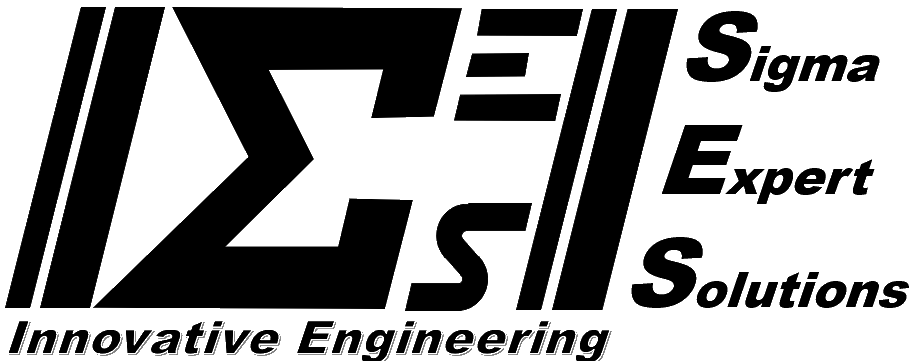Simplified Model for Aerosol Relative Risk Transmission (SMARRT)
The first form will allow you to input the number of infected people in a space, the floor area of the space, and the duration of the gathering. A report will be sent to the e-mail address provided that shows you the impact of air exchange and how controlling the types of activities (masking) impact the amount of risk during your gathering. A sample of the output is provided here. If you wish to compare two different scenarios or have finer control over the inputs, you can use the more complex model in the next form.
This form submits a request to calculate the relative risk between two gathering scenarios. The method of analysis is described in Edition 19 of the SES Newsletter. Most of the fields are filled for the most common situation: the reference is the standard for contact tracing (within six feet for 15 minutes) and the gathering is indoors in a living room with HVAC operating (you must provide the space square footage). If you want to customize, click the button below to pop additional guidance. You will be emailed a report with the results that look like this.
Notes
- Understand the assumptions and limitations of this simplified model before using the results as a basis for decision making. Your results email will provide additional information. You can learn more in the newsletter describing the model.
- The type of activity impacts the parts per ml exhaled by the infected person. The values used for each activity are roughly based on a study done in the International Coalition Performing Arts Aerosol Study. Chose the activity that mostly closely represents the activity being performed.
- Use the floor area and ceiling height for the room where the air is recirculated. Don’t include area and height that includes stagnant air (such as a high ceiling).
